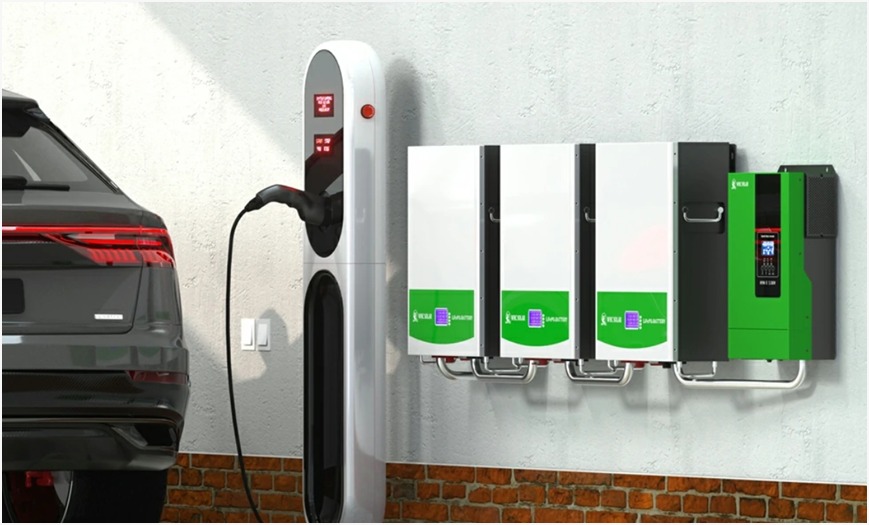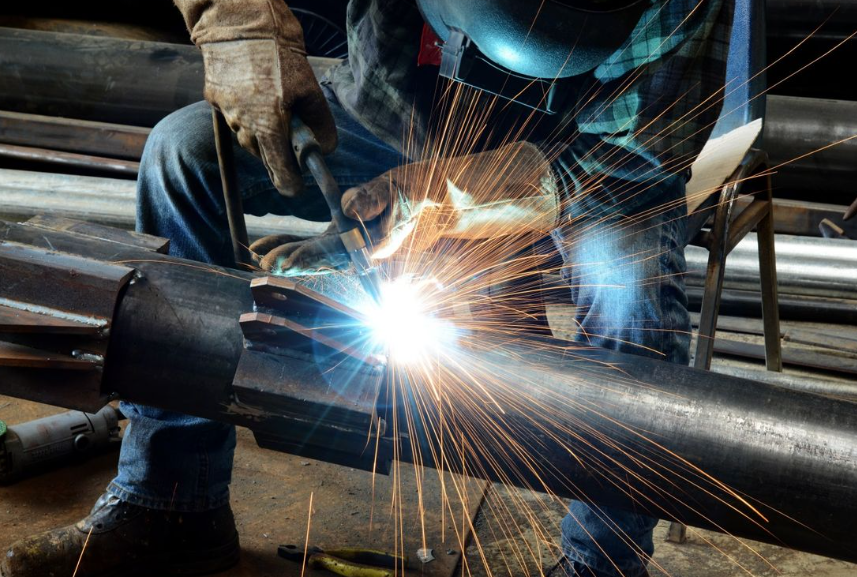A Step-by-Step Guide to Annual Furnace Maintenance
Regular maintenance is required to ensure your furnace operates efficiently year-round. A lack of attention can lead to unexpected breakdowns, higher energy bills, and even safety hazards. Proactively scheduling a check-up with a furnace maintenance expert in Tulsa can enhance your system’s performance and extend the life of this essential appliance, providing peace of mind as cold weather approaches. Regular maintenance for your furnace also guarantees that it runs sustainably, which will help you save energy in the future and lessen your impact on the environment.
This guide walks you through the steps necessary for comprehensive furnace maintenance, helping you keep your system in prime condition. Equipped with this knowledge, your furnace will be well-prepared to withstand the demands of the winter season. Knowing how to care for your furnace properly can increase its efficiency and ensure safe operation when you rely on it the most.
Key Takeaways:
- Understand the importance of conducting annual furnace maintenance.
- Learn each step to maintain your furnace effectively.
- Discover how regular care can improve energy efficiency and safety.
Table of Contents:
- Why Annual Furnace Maintenance is Important
- Inspect and Replace Air Filters
- Check the Thermostat and Controls
- Clean the Furnace Blower and Vents
- Inspect Burner Flame and Ignition System
- Examine the Heat Exchanger
- Lubricate Moving Parts
- Schedule a Professional Inspection
- Final Thoughts
Why Annual Furnace Maintenance is Important
Regular furnace maintenance is vital to ensure both efficiency and safety. A well-maintained furnace can operate at peak performance, saving energy and lowering homeowners’ costs. According to the U.S. Department of Energy, regular check-ups can prevent unexpected and costly repairs while prolonging the lifespan of your heating system. By adopting a proactive approach, you also safeguard your home from potential hazards such as carbon monoxide leaks, which can pose significant health risks if not addressed promptly.
Inspect and Replace Air Filters
Clean air filters are essential for smooth airflow and system efficiency. Filters should normally be inspected once a month and changed every three months, particularly in the winter when usage is at its highest. Your furnace may experience significant strain due to dirty filters, which could result in overheating and consequent damage. This simple task can significantly increase your furnace’s lifespan while improving the overall air quality within your home.
Check the Thermostat and Controls
Ensuring your thermostat functions correctly ensures a consistent and comfortable temperature. Test the settings to see if your furnace responds accordingly. This verification prevents energy waste and ensures the system doesn’t work harder than needed. If any adjustments are necessary, consider recalibrating your thermostat or upgrading to a programmable model for enhanced energy management, benefiting your wallet and the environment.
Clean the Furnace Blower and Vents
Dust and debris accumulation can significantly impede furnace operation. Always turn off the furnace’s power before cleaning the blower and vents. Use a vacuum to remove dust buildup, ensuring unrestricted airflow, vital for system efficiency. Regular cleaning helps maintain this efficiency and avoids potential blockages that might lead to system failure or reduced performance.
Inspect Burner Flame and Ignition System
The burner flame should consistently be blue, indicating complete and efficient combustion. A yellow or flickering flame might reveal an issue, such as dirt in the burner or irregularities with the gas supply. Checking the ignition system ensures the furnace lights efficiently, preventing unnecessary energy waste. Adjustments or cleaning may be necessary to maintain the system’s peak performance and safety.
Examine the Heat Exchanger
Cracks in the heat exchanger can be dangerous, potentially leading to carbon monoxide leaks. Inspect this critical component for any signs of wear, cracks, or damage. Due to safety considerations, this is not a do-it-yourself project; if you find any problems, get in touch with a professional right away for repairs. Ensuring the heat exchanger is intact is vital for safety and efficiency, providing peace of mind during the cold months.
Lubricate Moving Parts
Increased energy consumption and unintended wear can result from friction in moving parts. Regularly lubricate these elements to ensure smooth operation and reduce system strain. Your furnace’s lifespan can be greatly increased with proper maintenance, which also preserves maximum efficiency and lowers energy usage. After lubrication, checking each part’s operation is essential to ensure they move without resistance, thus preserving the system’s integrity.
Schedule a Professional Inspection
Even with diligent checks and cleanings, having a professional assess your furnace annually remains crucial. A certified technician can identify issues you might overlook, ensuring all components function correctly. According to the Environmental Protection Agency, professional inspections are integral to preventing potential hazards, providing peace of mind by verifying your system’s safety and efficiency.
Final Thoughts
Following these steps ensures your furnace remains in excellent condition, maximizing its efficiency and safety. Regular maintenance reduces the chance of breakdowns unexpectedly and helps maintain a warmer, more energy-efficient home. Trusting professional services such as those provided by a furnace maintenance expert guarantees your furnace operates smoothly throughout the winter. Taking these precautionary measures is an investment in your home’s comfort and a commitment to energy conservation and safety.





